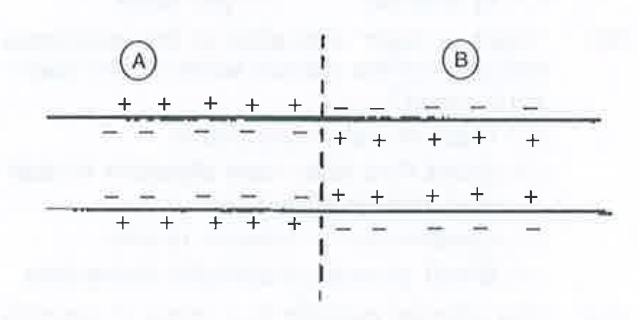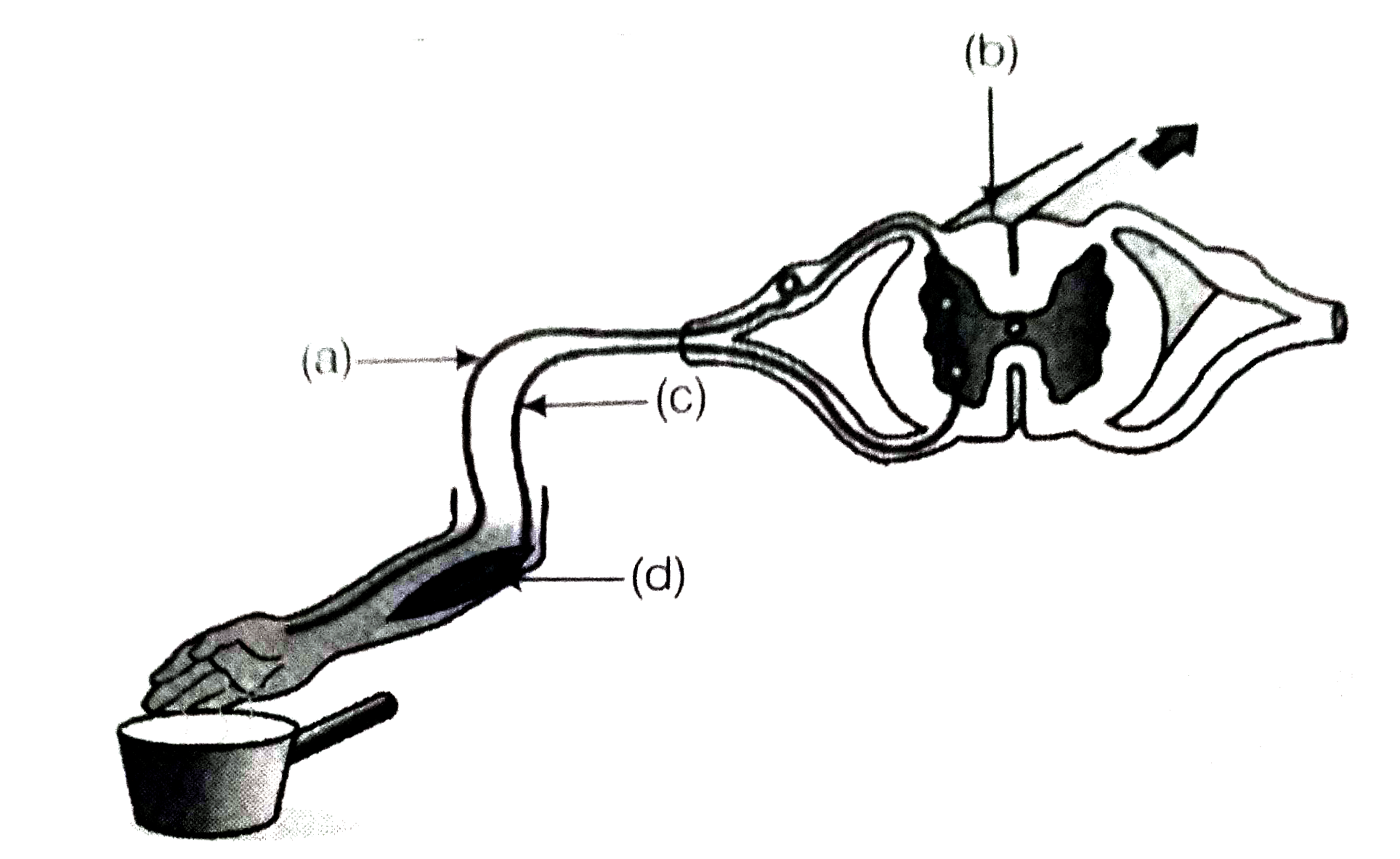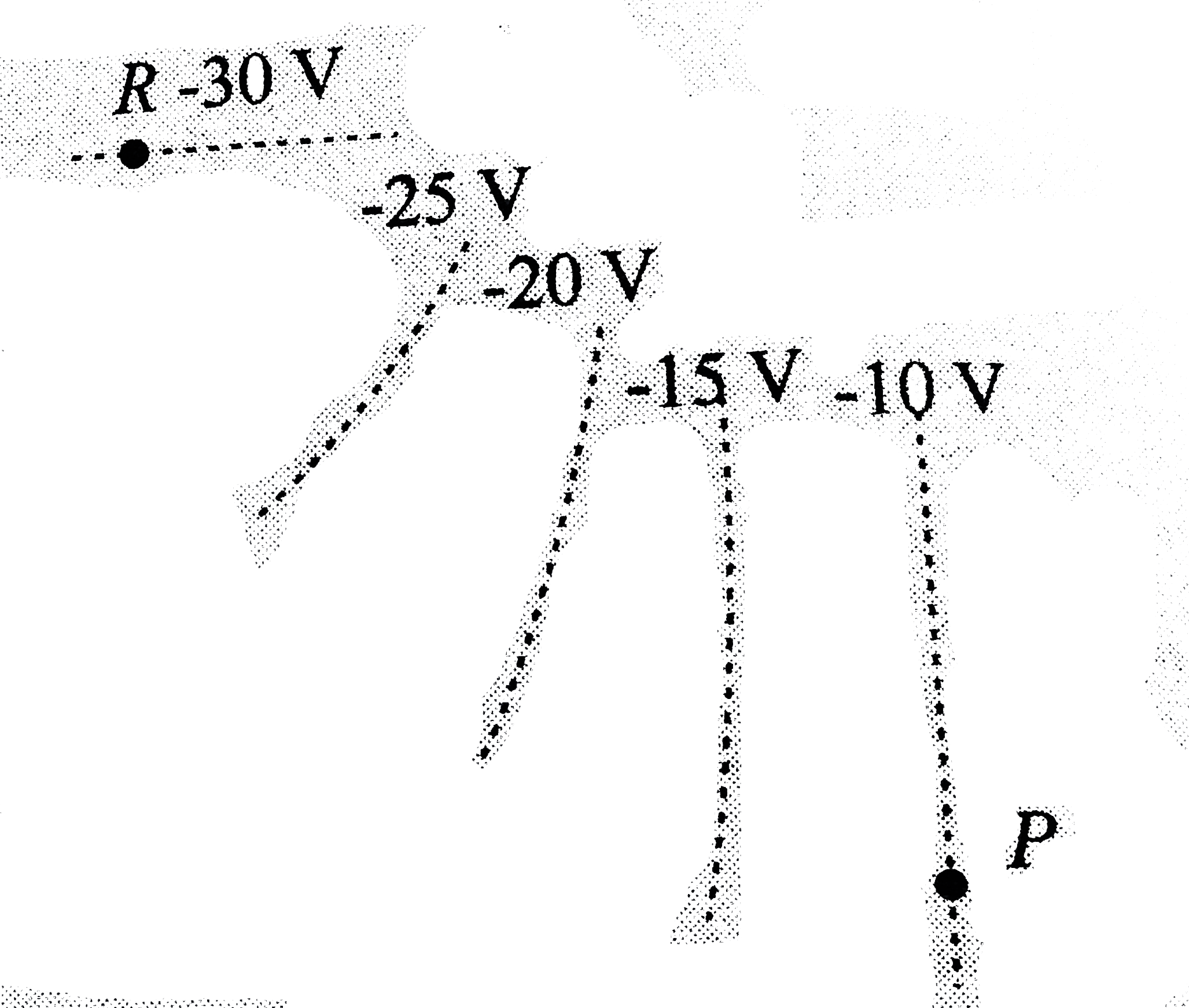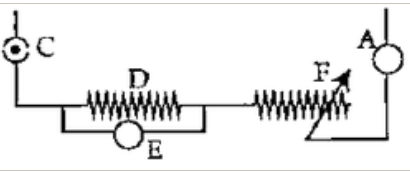What is the correct direction of flow of electrical impulses?




The correct Answer is:C
Step-by-Step Solution:
1. Understanding Electrical Impulses: Electrical impulses, also known as nerve impulses, are signals generated in response to stimuli. They are essential for communication within the nervous system.
2. Direction of Flow: The flow of electrical impulses in a neuron follows a specific pathway:
- Dendrites: The impulse is first received by the dendrites of the neuron. Dendrites are the branched extensions of the neuron that receive signals from other neurons.
- Cell Body: After the dendrites, the impulse travels to the cell body (soma) of the neuron. The cell body contains the nucleus and is responsible for maintaining the cell's health.
- Axon: From the cell body, the impulse moves along the axon, which is a long, slender projection that conducts electrical impulses away from the cell body.
- Axonal End: At the end of the axon, the impulse reaches the axonal terminal, where neurotransmitters are released.
- Synapse: The neurotransmitters cross the synapse (the gap between two neurons) to transmit the signal to the dendrites of the next neuron.
3. Evaluating Options: When looking at the provided options:
- Option 1: Incorrect sequence (axon to cell body to dendrite to axonal end).
- Option 2: Incorrect sequence (axon to cell body to dendrite to another dendrite).
- Option 3: Correct sequence (dendrites to cell body to axon to axonal end to dendrite of the next neuron).
- Option 4: Incorrect sequence (two axonal ends facing each other).
4. Conclusion: The correct direction of the flow of electrical impulses is from the dendrites to the cell body, then to the axon, and finally to the axonal end, where it transmits to the next neuron's dendrite. Therefore, the correct answer is Option 3.
---
- Dendrites: The impulse is first received by the dendrites of the neuron. Dendrites are the branched extensions of the neuron that receive signals from other neurons.
- Cell Body: After the dendrites, the impulse travels to the cell body (soma) of the neuron. The cell body contains the nucleus and is responsible for maintaining the cell's health.
- Axon: From the cell body, the impulse moves along the axon, which is a long, slender projection that conducts electrical impulses away from the cell body.
- Axonal End: At the end of the axon, the impulse reaches the axonal terminal, where neurotransmitters are released.
- Synapse: The neurotransmitters cross the synapse (the gap between two neurons) to transmit the signal to the dendrites of the next neuron.
- Option 1: Incorrect sequence (axon to cell body to dendrite to axonal end).
- Option 2: Incorrect sequence (axon to cell body to dendrite to another dendrite).
- Option 3: Correct sequence (dendrites to cell body to axon to axonal end to dendrite of the next neuron).
- Option 4: Incorrect sequence (two axonal ends facing each other).
Topper's Solved these Questions
- CONTROL AND COORDINATIONBOOK - NCERT EXEMPLAR ENGLISHCHAPTER - CONTROL AND COORDINATIONEXERCISE - Short type question
11 Videos
- CONTROL AND COORDINATIONBOOK - NCERT EXEMPLAR ENGLISHCHAPTER - CONTROL AND COORDINATIONEXERCISE - Long type
9 Videos
- HEREDITY AND EVOLUTION BOOK - NCERT EXEMPLAR ENGLISHCHAPTER - HEREDITY AND EVOLUTION EXERCISE - LONG ANSWER TYPE QUESTIONS
11 Videos
Similar Questions
What is the direction of flow of electrons in a galvanic cell?
View SolutionIn the given figure two regions (1) and (2) of a neuron are shown. Which option tells us best the state of the neuron at the two sites and the direction of flow of nerve impulse ?

View SolutionLabel the parts (a), (b), (c) and (d) and show the direction of flow of electrical signals in given figure.

View SolutionThe presence and the direction of flow of electric current is detected by a device called .......................... (ammeter/galvanometer).
View SolutionWhy is the mode of conduction of electrical impulse along the myelinated neuron advantageous to a non mmyelinated neuron ? What is this type of conduction called ?
View SolutionA conductor AB is joined to a cell with its end A at a low potential and the end B at a high potential. (a} State the direction of flow of electrons in it. (b) What will be the direction of flow of conventional current in the conductor?
View SolutionThe direction of conventional current is in the opposite direction as that of electrical charge.
View SolutionWhat is the angle between the directions of electric field due to an electric dipole and its dipole moment at any :
(i) Axial p oint . (ii) Equatorial point .
View Solution(Figure 3.27) shows equipotential surfaces. What is the direction of electric field →E at P and R?
 .
.
View SolutionIn the electric circuit shown in Fig., label the parts A, B, C, D, E, and E
State the function of each part. Show in the diagram the direction of flow of current.

View Solution
